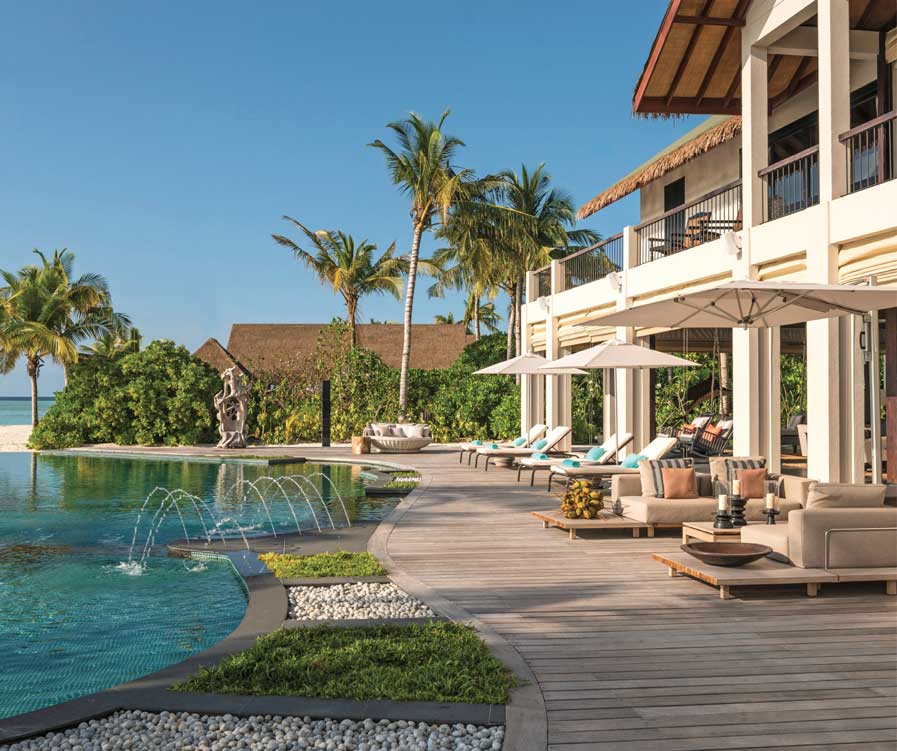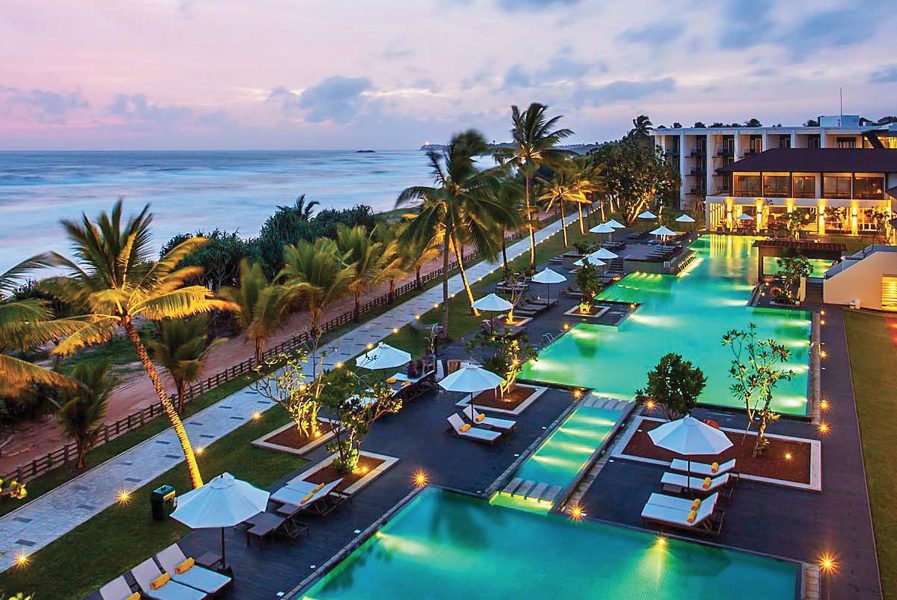
Promoting Sri Lanka
Urging architects to think of their country above self
Murad Ismail in conversation with Nicola Jayasundera
With the goal of being a marine biologist amid civil unrest in the country and a decision not to migrate, Murad Ismail chose the career of architecture. From a bioscience and chemistry background, he was inspired by the idea of doing something for others to judge.
Every project is memorable for Ismail; but architecture being a social subject, his work relies on understanding people and designing spaces to enhance communication. His designs influence the mental rather than the visual.
Q: What’s your view of architectural trends?
A: Technology plays an important role in architecture by influencing ever-changing styles and not necessarily detracting from traditional spatial articulation. It can be used to improve designs in response to changing parameters – not simply for the sake of use. Technology has allowed architects to bring more light into spaces. Parameters have changed for design’s betterment through material development.
The media is responsible for promoting modern trends. However, local media simply promotes available trends. Architects don’t recreate the trend but focus on manipulating it through R&D based on the design’s purpose and ability to communicate with users.
And the media’s responsibility is to showcase ideas for the future and what designers do, rather than the past. Research and development must be explained along with a rationale.
We don’t need to depend on the government to change these policies. As professionals, we must get together sans greed and market our country as a talented nation. This isn’t far from reality – the only obstacle we have is us.

Q: Is enough being done to encourage young talent?
A: I don’t believe in talent but rather the ability that develops based on one’s chosen field. Sri Lanka has many who can take on professions or careers and develop. What drives design development in this country is that we’re more creative than other nations since low budgets and constraints have led to innovation and rethinking.
Though ours is a small country, there’s a need for more architects. Singapore is known for its commercial architects and has successfully created a hub offering efficient architectural services. Sri Lanka is above all that. We are recognised globally for our design methodology, style and simplicity. But we haven’t established ourselves as a hub.
Young talent needs to be promoted. As lecturers and mentors, we treat them as students although their ideas are as good as ours. And as professionals, we must encourage them to be childlike and creative.
Sri Lanka is the only country still using consultants for even minor projects. Architects have serious opportunities here but their aims and understanding of what we’re supposed to do are not implanted – that has to change.
Q: How about sustainability?
A: The world has the wrong impression of what ‘sustainability’ means. What is it in terms of biodegradable and environmentally-friendly materials? From a scientific standpoint, architects need to know roughly how long buildings last. For longer lasting edifices, it’s important to use suitable material rather than sustaining these artificially.
So ‘environmentally-friendly’ should mean the time and energy put into making a product is far less than what the finished product returns. Since plastic can be used in a certain way for longer periods, its reuse would be an environmentally sustainable material for construction purposes.
Sustainable building has three components: green energy, green material and direct green, which is chlorophyll. When you build something, you destroy some chlorophyll. But now, things have reached a stage where destroyed chlorophyll can be replaced directly on the building.
Architects must realise that materials should be extracted from the environment after weighing the pros and cons, and understanding if the damage is less or more than it can give back. They need to understand the balance between destroying the environment to create an environmentally-friendly product, how long it will last and whether harmful chemicals will be used to ensure that it lasts longer.
Sustainability is a fad now. But due to our budgets and nature in Sri Lanka, we have been – as far as possible – unknowingly environmentally-friendly. We work with natural light and airflow, saving trees and creating connections while harmoniously working with available spaces.



Q: What of Colombo’s changing skyline?
A: In a rapidly developing nation, congregation occurs in the most happening places. In the British period, working people in Fort would cross Main Street to get to residential areas in Pettah. Automatically, Main Street became a hub for shopping due to the township’s natural development.
Colombo became the financial hub. So although land is available throughout the country, people concentrate here for transactional efficiency. Inevitably, limited land in Colombo has led to unstoppable multistorey development for practical purposes.
With the skyline rising and populations increasing, the development of residences at lower levels expands notably. The skyline will continue changing, reflecting what’s happening in the country – because people usually confine themselves to business centres.
Q: Where does Sri Lanka stand on the global stage?
A: Local architects are viewed as brilliant designers but not good at managing and implementing projects. The trend of simplicity with an ‘outside-inside connecting style’ is globally recognised now and Sri Lankans are known for their ability to manipulate styles for all climates. But these are at the individual level.
Globally, the country needs to be identified as a nation that’s architecturally capable. As professionals, we need to create demand for local architects and market Sri Lanka as a design hub.
While Sri Lanka has made a name for itself regionally, the country is promoted on the individual – rather than collective – level. This is wrong because clients are less likely to go to the same architect for their next project and we need to promote other architects as well.
The world needs to know what we offer. This isn’t highlighted in any media since it caters solely to what the local public likes. It doesn’t aid in educating the public about the solutions or emerging trends, or cultural aspects of our country. If we get this right, there’s a good chance of putting Sri Lanka on the map for R&D on a global scale in the architectural field. We need to develop a collective mindset and think beyond ourselves individually.








